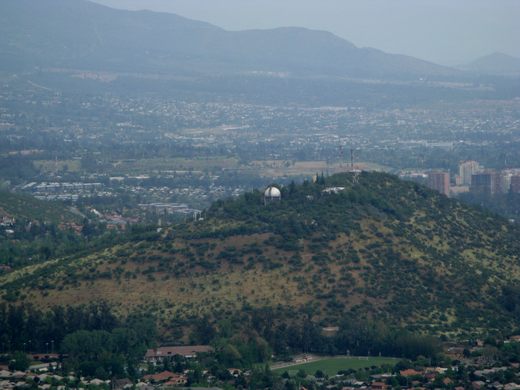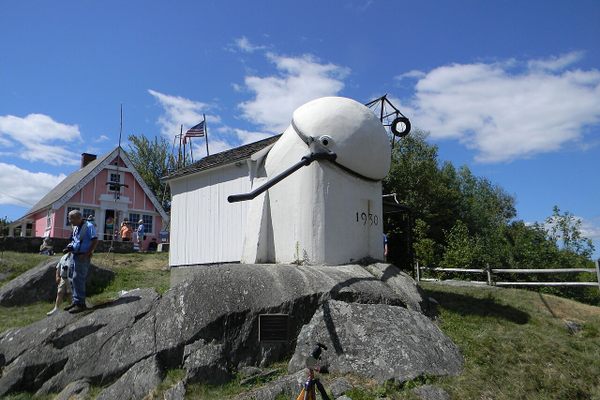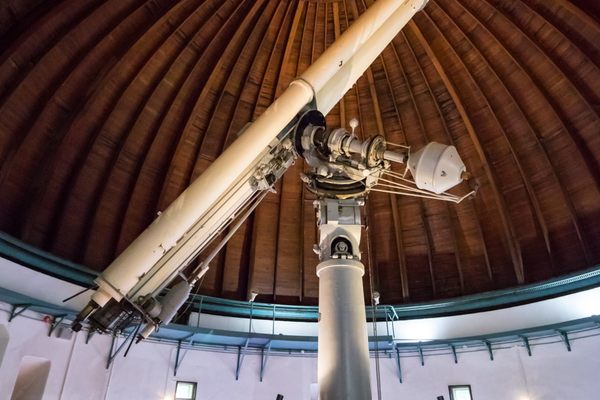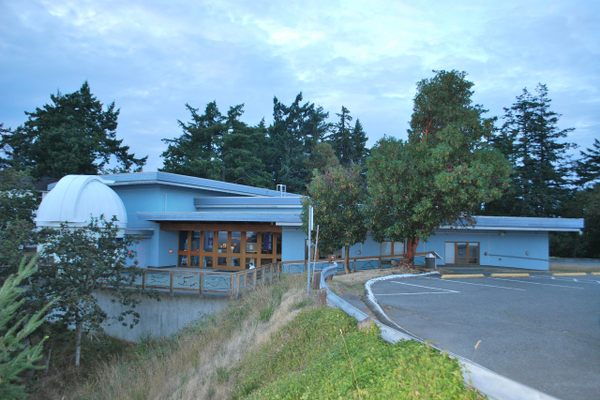National Astronomical Observatory of Chile
This observatory high on a hilltop in the center of Santiago got its start in 1852.
An old story claims that Bernardo O’Higgins, a leader who freed Chile from Spanish rule in the Chilean War of Independence, wrote on his deathbed a letter to Chilean president Manuel Bulnes requesting that his estate be sold to fund an astronomical observatory on Santa Lucía Hill in the center of Santiago.
There’s no real evidence to support the story, but not long after O’Higgins died, Lieutenant James Melville Gilliss selected the hilltop site for an observatory during an expedition in 1849.
Gilliss went to Chile after establishing the U.S. Naval Observatory, the first in the States. After finishing the Santa Lucia Hill Observatory in 1852 Gilliss went back to the U.S., but left a staff behind to manage it. He later sold the site to the Chilean government, and it was renamed the National Astronomical Observatory of Chile.
Thanks to many large areas with little or no light pollution, low precipitation, and somewhere around 200 cloudless nights every year, Chile is Earth’s unofficial astronomy capital. By 2020 it’s set to have 70 percent of the world’s astronomical infrastructure. It’s home to many professional, amateur, and international astronomical institutions, and more than 10 observatories, including Las Campanas Observatory which houses one of the world’s most powerful telescopes, the Giant Magellan.
In 1929 the University of Chile took over management of the National Astronomical Observatory. A few decades later, in the 1960s, when the observatory was moved about 10 miles east to Cerro Calán, the Soviet Union sent astronomers and telescopes to help establish the new location. They withdrew after the 1973 coup, when the Soviets severed all diplomatic relations with Chile.
The National Astronomical Observatory contains a number of exceptional telescopes including a 47-inch Millimeter-wave Telescope (identical to one located at the Harvard-Smithsonian Center for Astrophysics) and an 18-inch Cassegrain reflector from the Japanese government. Though it’s generally thought to have been completed in 1962 when the observatory moved to Cerro Calán, it’s been in operation for over 160 years.
















Follow us on Twitter to get the latest on the world's hidden wonders.
Like us on Facebook to get the latest on the world's hidden wonders.
Follow us on Twitter Like us on Facebook